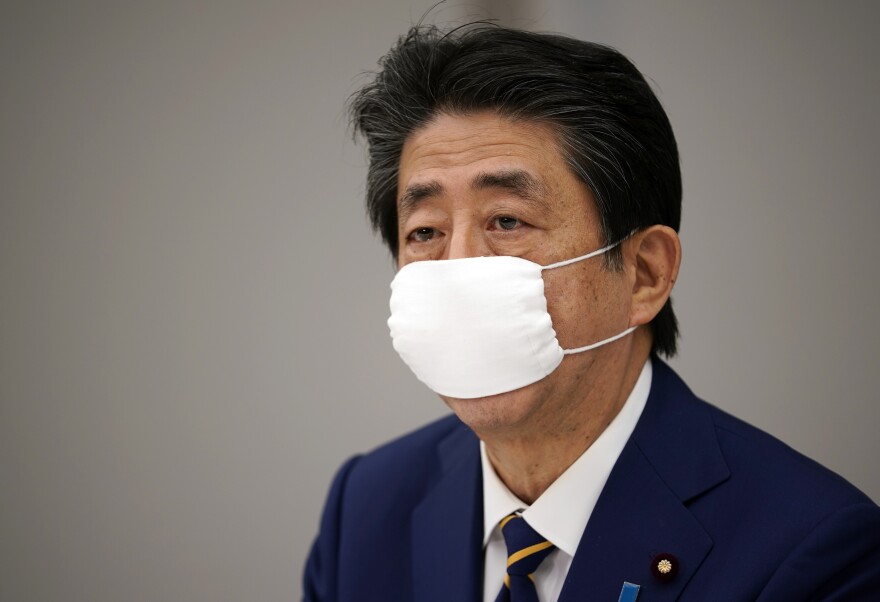Japanese Prime Minister Shinzo Abe has declared a state of emergency in several regions of the country, including Tokyo. While the declaration gives local governors the power to close schools and some other public institutions, individual behavior is another matter.
Japan’s emergency order won’t force people to stay at home – there are no enforcement provisions and no punishments attached. It’s similar to a request the governor of Tokyo has already made – asking people to work from home and limit their outside activities.
The order will last about a month, and includes regions around Japan’s two biggest cities, Tokyo and Osaka, as well as Fukuoka in the southwest. Those area are where COVID-19 is spreading faster than anywhere else in the country.
Tokyo now has more than a thousand cases — more than double the number of a week ago. Nationally, Japan has not had the number of cases that many other countries have suffered — at about 3,700, it’s on par with the Philippines and far below South Korea’s more than 10,000 cases.
But Japan has also done less testing than many other locations.
Reuters quotes data from Oxford University showing Japan has tested some 40,000 people since January — less than 10% of those tested in nearby South Korea.
On the economy, Prime Minister Shinzo Abe says he’s putting together a two-part stimulus package equivalent to nearly 1-trillion U.S. dollars, or roughly 20% of the country’s GDP.
The first phase is to help employment and bankruptcy protections, the second is to support an economic recovery.




